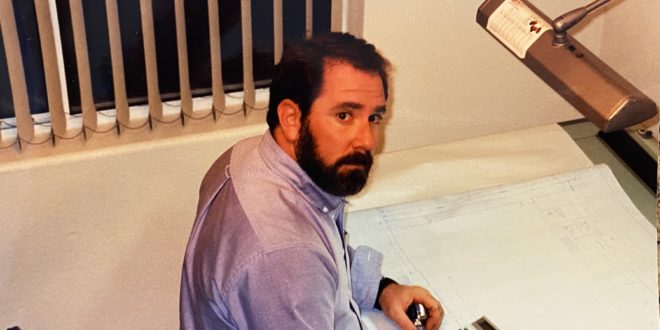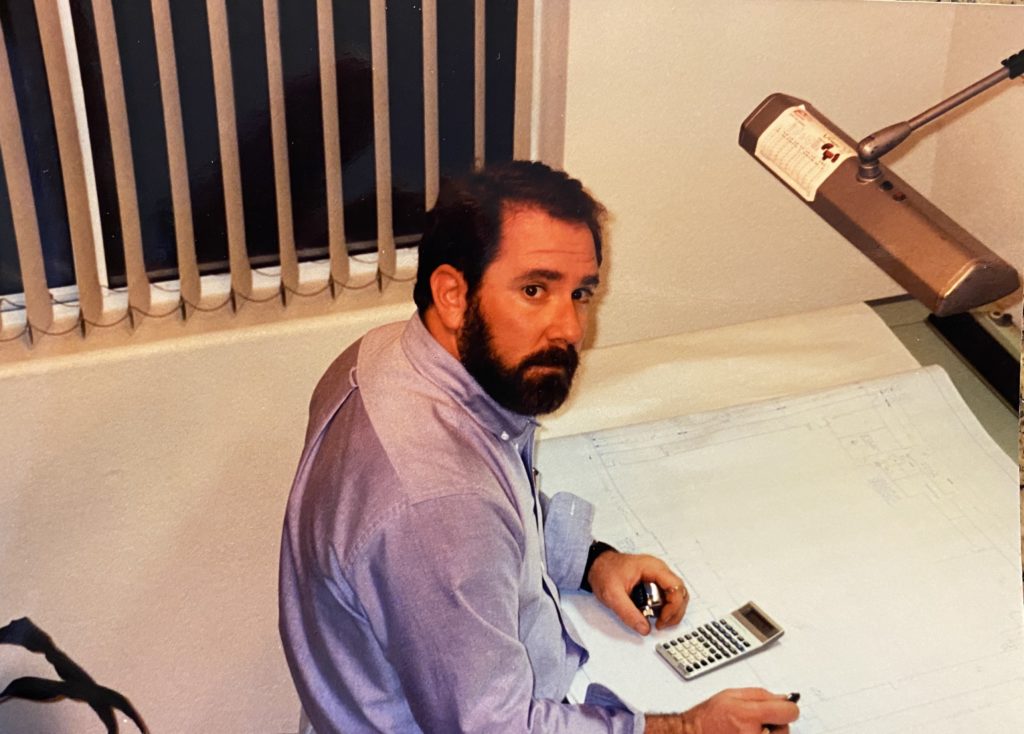
President’s Report
Now that we’ve put 2020 in our rearview mirrors, it’s clear that most of us have seen changes, disruptions, and unforeseen problems as we’ve struggled to hold onto the business plans we developed and thought were solid when we left 2019 behind. Can you remember pre-COVID-19, when our markets were strong, the cost of money was cheap, and unemployment was around 3 percent nationally? Who could have imagined how quickly a pandemic would change our lives and businesses so completely? Now that our lives have been forever changed, we have to face the reality that many of the modified behaviors this pandemic ushered in will be with us well into the future—even beyond the point where the virus is in that same rearview mirror. While we enthusiastically welcomed 2021, the reality is that the new normal won’t be normal anytime soon.
I recently read an article espousing the thought that virtual engagement is here to stay. While most of us suffer from Zoom fatigue, we agree that online meetings are not going away. As such, we’re positioning AFSA’s events and training programs to accommodate more virtual training and hybrid participation. Now that the world has seen an alternative to actual travel, many people will want the digital option of working and meeting from their home or office. We should expect to see people in our organizations willing to sacrifice some benefits in exchange for the opportunity to work from home, including salary reductions in exchange for time. Virtual meetings save time and cost, but not without sacrificing something in exchange. That something is perhaps the most critical element of our lives and relationships—communication.
The return to “normal” is not likely to bring a 100-percent return to the old ways of doing things. Even when it’s considered safe to travel or gather in groups, many people will prefer a partially or entirely virtual event. We see this as likely to be a pervasive theme in the delivery of our training programs, which is why AFSA will be introducing our new virtual classroom for our apprenticeship curriculum this year. This will help deliver the classroom portion of our apprenticeship program for those working in more remote regions, as well as those too busy working to participate in training during the regular workday.
Digital networking, social media, and electronic communications, as opposed to in-person or even telephone communications, are more common than ever before, but we sacrifice a lot in terms of communication. How we communicate is an important part of how we resolve problems and conflicts, and these critical issues will suffer without in-person interaction. Communication takes many forms, including visual, auditorily, visceral, and digital. What we say and how we say it, along with our body language and facial expressions, all covey as much of the message as our words do. When we’re on the phone, we lose the visual aspect of communication. When we email, we lose the visible and vocal intonation in our message—leaving only the digital. How we write, punctuate, and the words we capitalize will all be perceived as a part of the message and will impact how others receive and act upon your message. It’s a lot easier to misunderstand a person’s intent with email than in a verbal conversation. It takes more back-and-forth time to clarify what is meant and understood by those who must interpret the message. Even as Zoom-type meetings have become the new normal, messages are truncated, and people wearing masks take away the facial expressions communicating the visual part of the message. Thoughts and ideas are held back in the interest of time and efficiency. Leaders need to make a conscious effort to ensure all voices are heard and ideas are not missed or glossed over.
For our association to understand and meet our members’ needs and demands in this digital age, we will need more feedback and interaction to know what your expectations are and how to meet and exceed them. Working remotely and seeing less of each other in person at traditional meetings means we will need to learn to rethink the time it takes to plan events and deliver content in meaningful ways. Being seen and heard, shaking hands, and seeing the understanding in another’s eyes are all missing in the virtual world. We will have to adapt to ensure communication remains positive and strong.
These are just circumstances to be dealt with, bumps in the road that should not be seen as detours. Our association is taking the steps necessary to deliver on our mission and continue to be the voice of merit shop fire sprinkler contractors and provide the education and training necessary to help our members grow their businesses. This dynamic shift will change how we deliver content, but it will never deter us from delivering the message of fulfilling our mission. Call us, send us emails, smoke signals, or carrier pigeons—whatever it takes to understand what you want from our staff and what forms our communications should take.
We’re excited about the promise we see for 2021 and beyond. As I talk to sprinkler contractors across the country, backlogs and opportunities are still pretty strong, and many of us are still pretty busy. During this 40th anniversary, your AFSA staff is excited to hear from so many members and associates planning to attend AFSA40, September 18-21. The convention committee is working hard to make this a convention to remember and one you won’t want to just hear about. One of the new technical sessions we will be introducing this year will include a number of “Ask the Experts” seminars. These sessions will not have any specific topic or slide decks but, instead, will feature experts from manufacturing, labs, NFPA, and AFSA technical committee representatives ready and willing to field and respond to your questions or concerns related to codes, standards, or product applications. Based on the buzz surrounding this event, we expect to see record numbers of attendees in San Antonio. I hope we can count you in!

ABOUT THE AUTHOR: Bob Caputo, CFPS, is president of the American Fire Sprinkler Association (AFSA). He’s shown here in the ’80s when he was a designer.

 Sprinkler Age A Publication of the American Fire Sprinkler Association
Sprinkler Age A Publication of the American Fire Sprinkler Association